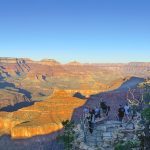
Guest Column | How to spend ARPA’s $2.1 billion
By Ethel Branch
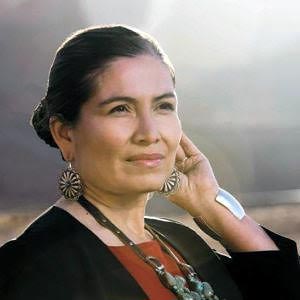
Submitted | Mark Peterman
Ethel Branch
It is great that our leaders are spending significant resources on Hardship Assistance funds to assist our people in alleviating the particular suffering they are experiencing as a result of the ongoing pandemic, and I am also glad to see a substantial portion of ARPA funds being considered for infrastructure spending.
ARPA was inspired in part by a desire to do something to protect our communities from COVID, today. The Hardship spending achieves this, albeit for a fleeting moment and in unclear ways.
Infrastructure spending will play an important role in preventing future hardship, but immediate needs will remain unmet.
What about our immediate needs, today? What do our people do today to ensure a rapid EMS response when they fall severely ill from COVID?
And what do our children do today when they are forced back into unworkable remote learning situations? And how do our people access healthy food today, when shelves are barren not just here, but also in our border towns and throughout the country?
If I had my choice on how the ARPA funds were spent, I would concentrate a great deal on meeting immediate public needs in addition to investing in long-term infrastructure improvements.
I would fund very specific deliverables like emergency response hubs in the major population centers on the Nation. That way, when future emergency responses are needed due to COVID, climate change, forest fires, or seasonal weather challenges, we will have the infrastructure as a Nation for a rapid response.
These hubs would include a warehouse, communication infrastructure, a fleet, food refrigeration capacity, and food, water, and PPE stockpiles.
We don’t know what lies ahead on the COVID front, and this Delta/Omicron drill has sent us reeling. This could be avoided with careful planning and use of our ARPA funds.
I would also acknowledge the reality that more than three quarters of our people experience food insecurity even during the best of times, and recognize that the need for food right now is urgent. Thus, I would fund full food and PPE distributions for the next three months while COVID and national supply chain conditions stabilize.
I would also provide practical things, like at least one hand-washing station for every home that lacks running water. Some of our communities have more than 60% of homes that lack running water, and these communities have a strong correlation with the chapters identified as having uncontrolled spread of COVID.
I would also provide relief to our traditional people who continue to live off the land, and acknowledge the difficulty that comes with them having limited access to water for their livestock. Those families are our national treasures because they continue to live the traditional Diné way of life, and this continuation of our national culture and identity is to all of our and our children’s benefit.
ARPA funds should be used to hire water delivery teams and related equipment to have regular water deliveries made to these remote, traditional homes.
This would alleviate the suffering that comes each summer, especially during COVID times, with the ever-growing intensity of drought conditions.
This would also provide good-paying, local jobs for our people. Meanwhile windmills could be repaired so when ARPA funds run out these families have a reliable source of water for the long term.
Many of these families also lack electricity, but need it to improve their food security, and their ability to stay home and stay safe longer. I would thus provide each of these households with propane-based refrigerators.
To ensure these families have access to remote learning opportunities I would also ensure that every home lacking wired electricity had a solar-based source of electricity so children could charge their iPads regularly.
Additionally, while broadband infrastructure is in development, I would make sure that our kids have the streaming internet access they need today by strategically placing cell booster towers. Cell boosters are also important so that when someone gets sick, they are able to call for help without having to climb a hill or drive somewhere to get reception.
I would hire someone to develop Google Plus codes for every home so we can finally complete the long-delayed rural addressing project. In its absence, our EMS teams experience delays in providing timely, life-saving responses.
For isolation assistance, I would fund hogan isolation villages in local communities so that sick family members can relocate there and receive regular check-ins and care by medical teams. Asking people to isolate at home in overcrowded housing conditions is not workable. These villages could later become cultural classrooms.
I would also establish staffed border checkpoints to provide information regarding Navajo Nation COVID policies during safe times, and to confirm vaccinated and boosted status, and monitor symptoms during times like this.
Finally, I would work hard to make our Nation pandemic-proof by establishing language and culture academies that our people could access to improve their Navajo language skills and deepen their knowledge of our history, traditions, beliefs, and way of life.
These institutes could build Hataałii apprenticeship and lifetime fellowship programs, and build a new corps of knowledge keepers to preserve who we are as Diné people in perpetuity.
I would also invest in the incredible farmers who are rebuilding their crops in Shiprock and re-establishing dormant farming practices, such as along the Little Colorado River.
This is needed so that when we face future food supply chain related disruptions, we have enough locally produced food to keep our families fed.
What would you do with the ARPA funds if you had a say in the matter? Join the Navajo & Hopi Families COVID-19 Relief Fund on our Feb. 2 Sihasin Hour to hear what others have to say about this.
Ethel Branch is interim executive director of the Navajo and Hopi Families COVID-19 Relief Fund. She is former attorney general for the Navajo Nation.

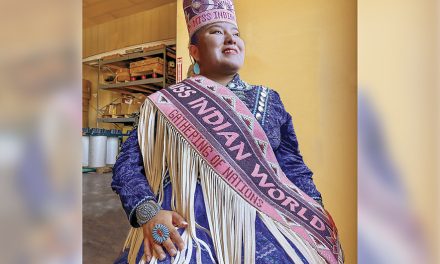
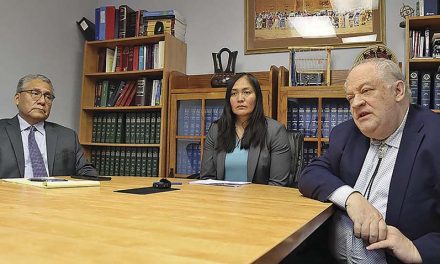
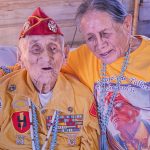
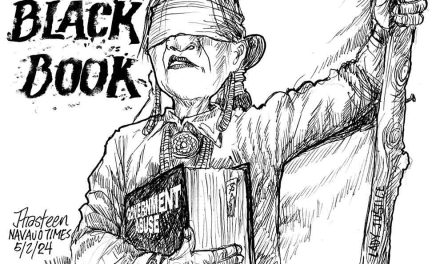



 Highway 264,
Highway 264, I-40, WB @ Winslow
I-40, WB @ Winslow